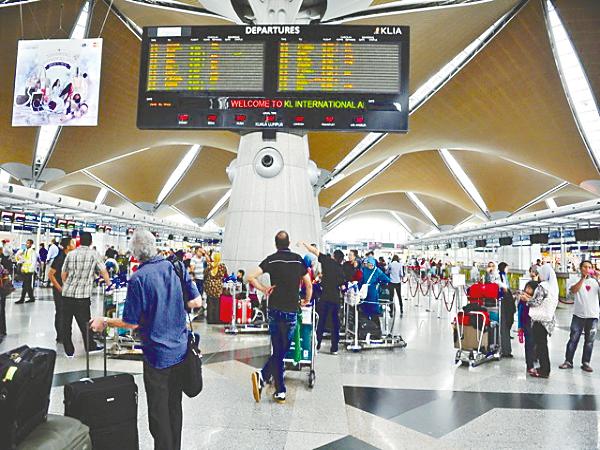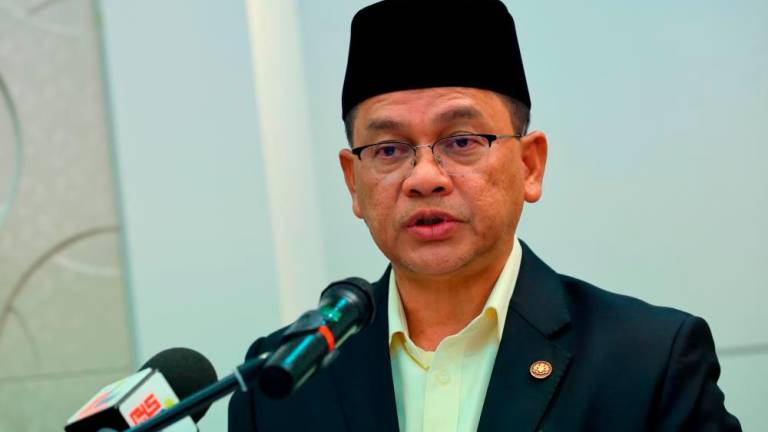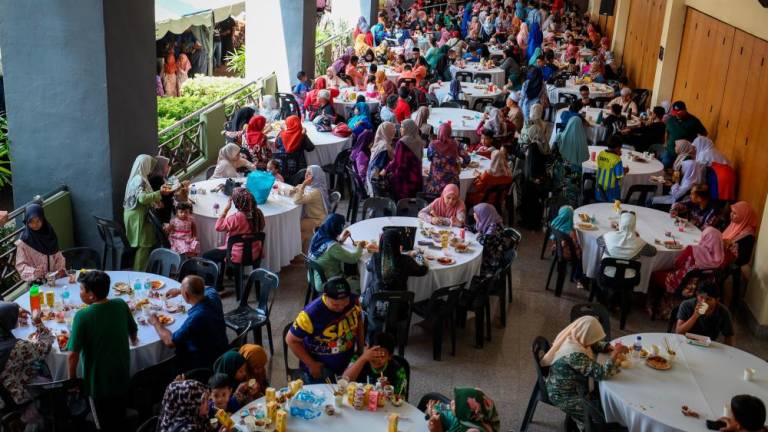PETALING JAYA: The Malaysian Aviation Commission (Mavcom) foresees a 5-6% year-on-year (yoy) growth in passenger traffic next year, which translates to between 114.9 million and 116 million passengers.
According to Mavcom’s bi-annual industry report “Waypoint”, the commission said the growth will be driven by Visit Malaysia 2020 and a 3.2% yoy increase in domestic seat capacity growth.
“The forecasted growth in 2020 follows Mavcom’s revised 2019 passenger traffic forecast to between 109.1 million and 109.7 million, being a growth of between 6.4% and 7% yoy, while actual traffic growth for 1H19 was 5.2% yoy,” it said in a statement.
Other key highlights from the report showed that in the first half of the year, Malaysia recorded 4.8 million tourist arrivals by air, an 8.8% growth yoy, mainly as a result of higher tourist arrivals from Indonesia, China, and Thailand, which offset the decline in tourist arrivals from Singapore and Brunei.
Collectively, these five countries constituted 78% of the total tourist arrivals in 1H19.
Seat capacity by Malaysian carriers is also expected to grow by 2% in 2020 compared with 4.3% in 2019.
Subsequently, average fares by the carriers are forecast to remain flat or rise slightly due to slower growth in capacity, which may also enable local carriers to improve their load factors.
Mavcom executive chairman Dr Nungsari Ahmad Radhi said the commission noted the growing development of alternative airport hubs such as Johor Baru, Kuching, and Kota Kinabalu in 2019 as carriers allocate more seats to these airports, which enables a wider choice of domestic destinations.
“Greater allocation of seats for these airports supported the domestic-led growth in 2019 and is expected to persist in 2020, where routes within Sabah and Sarawak will experience the highest growth,” he said.
Meanwhile, the average operating profit margin of Malaysian carriers fell to 0.3% yoy on the back of rising costs during the first half of the year.
Average cost per available seat kilometre (CASK) saw a 5.9% yoy increase to 17.9 sen, while revenue per available seat kilometre (RASK) decreased by 2.2% to 15.9 sen.
“Mavcom takes note of the greater RASK-CASK negative spread in 1H19 compared to the corresponding period in 2018, reflecting decreasing profitability of Malaysian carriers and a challenging operating environment in Malaysia.
“Stronger domestic passenger traffic growth relative to international passenger traffic growth could also influence aerodrome operators’ earnings in 2020 as passengers incur a lower passenger service charge for domestic travel,” it said in its statement.
Additionally, in a technical paper titled “Managing Airport Demand: The Role of Airport Slots”, which discusses the role of slots in managing airport demand, KLIA was classified as a Level 3 airport by the International Air Transport Association.
An airport is congested when its infrastructure is incapable of coping with the demand at almost all times (Level 3) or during peak periods (Level 2).
However, nine other airports in the country also face congestion, handling more passengers than their terminals’ respective design capacities, the paper noted.
“Due to the growth of the industry and the increasing pressures on airport infrastructure, slot allocation is expected to play a larger role in managing airport demand in Malaysia.
“Other solutions such as increasing operational efficiency and upgrading air traffic management systems should also be explored before resorting to airport infrastructure expansion,” it said.













